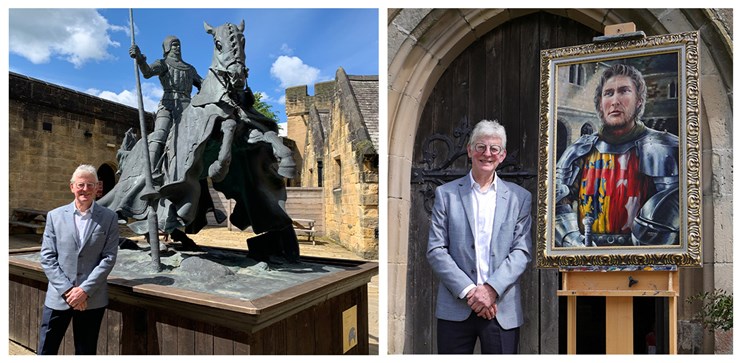
What did Harry Hotspur look like? A new portrait gives us an idea...
Thu 05 September 2024, 15:45|
Tottenham Hotspur
Ever wondered what Sir Henry Percy - aka Harry Hotspur - might have looked like? As we celebrate our 142nd birthday - 5 September - fans' curiosities have been answered with a new portrait of the knight, rebel and the inspiration behind our Club's name.
Alnwick-born artist Stephen Hopper wanted to commemorate the life of Sir Henry as part of a series of 12 historical portraits, and a life-sized oil painting was unveiled in Alnwick Castle in June.
Stephen explained: "I know the history of Spurs, when they were formed, how they became Tottenham Hotspur, and it's a fascinating story. Harry Hotspur's character was also fascinating. He wasn't just a rebel, but a diplomat and a courtier, there's so much to go at.
"The portrait almost came about through accident. I had the studio up and running in 2019. My other half is Welsh, she's a retired English teacher, and she said, 'you'll have to do a portrait of Dylan Thomas'. Then, a friend of mine suggested doing something for a St David's Day exhibition, so I did St David and thought, 'who else can I do who is Welsh', so I did Owain Glyndŵr (a famous Welsh soldier and leader) and then realised I had a poet, a saint and a rebel, all from Wales, so why didn't I do the same for each of the four countries of Britain? That's how it came about. Rupert Brooke is the English poet, I did St Edmund, not St George and it just had to be Hotspur! As I said, the whole history side of his story is fascinating."
If you look at the history of Tottenham, you will find the Percy family - the Earls of Northumberland - as significant local landowners in the area. As explained in the Tottenham Hotspur Opus book in 2007, the Percy family’s most famous son, Sir Henry, was to inspire the club’s name and something of its spirit.
Knighted at 13, Sir Henry had his first taste of battle aged just 14 during one of many sieges of Berwick, on the Scottish border. His moniker ‘Hotspur’ was gained through his fiery character in battles against the Scots. However, he was killed in battle in July, 1403, in one of the most political and ferocious battles on the outskirts of Shrewsbury when English King Henry IV and his son Prince Hal, a mere boy at the time, prevailed against rebel forces, led by Hotspur.
Later immortalised by Shakespeare as the gallant anti-hero of Henry IV Part One, legend has it that brothers Hamilton and Lindsay Casey, two of the Club's founder members, were studying late Medieval English history, and, at the suggestion of their older brother - who, upon formation of the football club, was to donate its first match ball - proposed the inspirational name of Hotspur.

The Spirit of Harry Hotspur
From the Tottenham Hotspur Opus, 2007
Tottenham, situated 6.6 miles northeast of Charing Cross, has been a settlement for more than a thousand years. It has developed along the old Roman Road, Ermine Street. In the Middle Ages, the Lords of the Manor were the Scottish aristocratic Bruce family - famous for the rebel Robert the Bruce - who gave their name to Bruce Castle and Bruce Grove. Later, more significant local landowners for Spurs were the Percy family, the Earls of Northumberland (Tottenham’s Northumberland Park is named after them) whose control of the main route to Scotland would make them powerful enough to challenge the English crown. The family’s most famous son, Sir Henry, nicknamed Harry Hotspur, was to inspire the club’s name and something of its spirit.
Until the 1870s, Tottenham lay beyond the fringes of North London - an area of well-to-do retreats and market gardens watered by the River Lea and its tributary the River Moselle, which made the area marshy and prone to flooding. But that was to change in 1870, when the Great Eastern Railway introduced special workmen’s trains and fares on its new Enfield and Chingford branch lines. The population of Tottenham doubled within a decade, as the low-lying fields and market gardens rapidly became covered by terraced housing built for the skilled artisans, policemen, firemen, railway engineers and gasworks staff who could now afford to commute to central London.
Recreational activities on the remaining Tottenham Marshes playing fields also thrived. Many small local clubs were set up, including The Hotspur Cricket Club, formed in 1880, who used a field owned by Captain Delano, the uncle of two of its young members, John and Peter Thompson. The schools of St John’s Middle Class, a Scottish Presbyterian Academy run by Mr Cameron, and Tottenham Grammar supplied the members; the boys were given the nicknames of the ‘Saints’, after the school, and ‘Northumberland Pups’.
Legend has it that brothers Hamilton and Lindsay Casey, two of Hotspur’s founder members, were studying late Medieval English history, and, at the suggestion of their older brother - who, upon formation of the football club, was to donate its first match ball - proposed the inspirational name of Hotspur.
Famed for his martial valour against the Scots and the French, Sir Henry Hotspur was later immortalised by Shakespeare as the gallant anti-hero of Henry IV Part One for taking up arms in rebellion against King Henry IV who had reneged on a deal made with the Percy family in exchange for their support in deposing King Richard II.
However, Hotspur was to be undone at the Battle of Shrewsbury on 21 July, 1403, when, leading a cavalry charge against superior Royal forces, he raised the visor of his helmet to get some air, only to be hit in the mouth with an arrow and killed instantly.














































